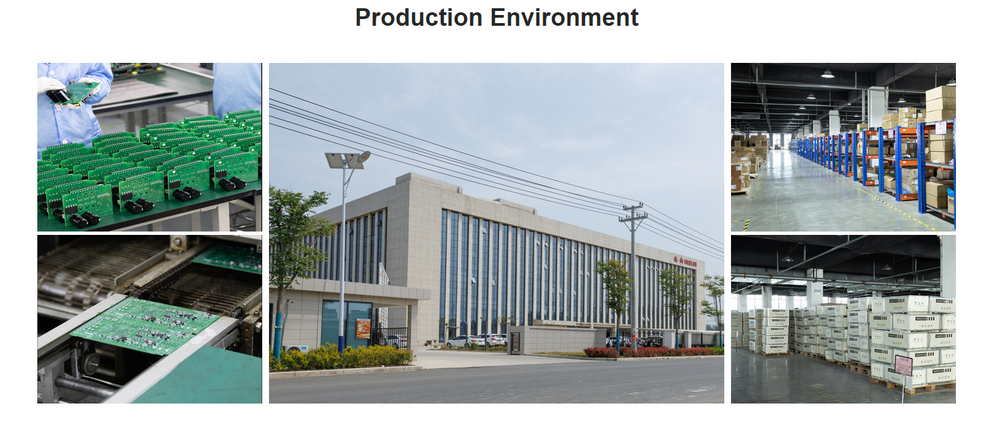Tip life
When we talk about the service life of lead-free soldering iron tips, we must first talk about the lead-free and lead-tin solder melting point. The melting point of lead-tin (commonly known as 63 tin) is 183 ° C, and the melting point of lead-free tin is generally 217 ° C. In the past, the most common soldering station used when we used 63 tin soldering was the 936 soldering station. The operating temperature was generally 320 °C. According to the melting point above, it is necessary to weld 335 °C with lead-free solder with 936 soldering station. When the lead-free soldering of the same quality is soldered with lead-free solder, the corrosion speed is greatly accelerated, and the soldering at high temperature has an effect on some products. So, everyone can find a way to solder the lead-free tin without adjusting the temperature. . In this case, a lead-free soldering station was born. What is the difference between a lead-free soldering station and a 936 soldering station? (1. Lead-free soldering station to increase power. 2. Improve the thermal conductivity of the iron core. Overall, it is to increase the instantaneous heating speed of the soldering station. The lead-free soldering station is good, but the price is several times that of the 936 soldering station. At the same time, its price of lead-free soldering nozzles is also high. (A foreign brand of lead-free soldering nozzles is up to one or two hundred yuan.) This greatly increases the cost of use, most domestic manufacturers will not use. Many still Use 936 soldering station with domestic lead-free soldering tip. Also use domestic lead-free soldering station. The cost is much cheaper. What is the difference in the service life of lead-free soldering tip with the same soldering station? The quality of lead-free soldering tips. How do you distinguish between good and bad? First, we need to understand the manufacturing process of lead-free soldering iron tips.
The manufacturing process of Saiguang lead-free soldering iron mouth is like this:
1. Copper embryo processing (with oxygen-free copper) 2. Degreasing 3. Polishing and polishing 4. Cleaning 5. Iron plating (this is the key technology for the production of lead-free soldering nozzles) 6. Polishing 7. Polishing 8. Cleaning 9 Nickel plating 10. Plating 11. The general process of the tin is so much more practical. The most important technology mentioned above, "iron plating" is the most important reason for affecting the quality of lead-free soldering tips. The thickness of the plating is not thin and not durable. Our Saiguang lead-free soldering iron Tsui factory has made great progress under the joint efforts of the company's technicians and employees for several years; and with the efforts of scientific research units, it has reached the domestic advanced level in electroplating technology and the quality has improved dramatically. Our iron-plated crystal structure is fine and dense, and the plating time is over 48 hours. Therefore, Saiguang lead-free soldering iron Tsui has the advantages of high temperature resistance, oxidation resistance, corrosion resistance, long life and fast tinning. The service life reaches more than 60,000 solder joints and the use time is more than one week.
A 220V inverter, often referred to as a power inverter, is a device designed to convert direct current (DC) power into 220V alternating current (AC) power. It is commonly used in situations where AC power is not readily available or as a backup power source during power outages. The 220V output voltage is suitable for operating a wide range of electronic devices and appliances, such as laptops, televisions, refrigerators, and power tools.
The main function of a 220V inverter is to perform DC to AC power conversion. It takes the DC power input from a battery bank, solar panel system, or other DC power sources and transforms it into AC power that matches the voltage and frequency requirements of the connected devices. This enables the use of electronic devices that typically run on AC power in off-grid locations or areas with unreliable power supply.
Some 220V inverters produce a modified sine wave output, which is a close approximation of a pure sine wave. While a pure sine wave is the ideal form of AC power, modified sine wave inverters are more cost-effective and suitable for many common electronic devices. However, certain sensitive equipment, such as medical devices or audio equipment, may require a pure sine wave inverter to prevent potential performance issues or damage.
220V inverters come in various types and sizes, including portable inverters that are lightweight and easy to carry, making them ideal for outdoor activities, camping, or powering devices in vehicles. Automotive inverters specifically cater to the power needs of vehicles and can be plugged into a car's cigarette lighter socket.
Efficiency is an important consideration when choosing a 220V inverter. Higher efficiency inverters convert a larger percentage of the DC input power into usable AC power, resulting in less energy wastage and longer battery life.
Overall, 220V inverters provide a convenient and reliable solution for powering electronic devices and appliances when traditional AC power sources are unavailable. They are essential for off-grid living, emergency backup power, and powering electronic devices on the go, ensuring the continuity of electrical power for various applications.

220V Inverter,Industrial Frequency Inverter,3Kw Vfd,Frequency Driver
WuXi Spread Electrical Co.,LTD , https://www.vfdspread.com